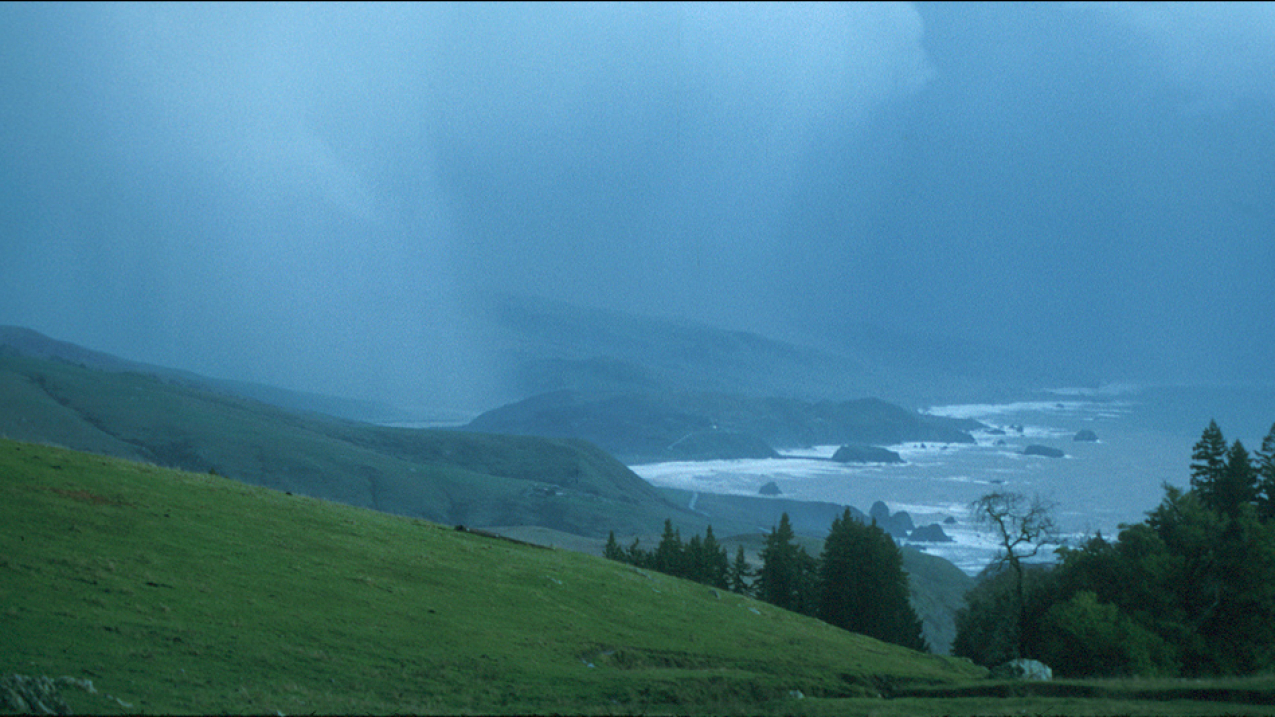Understanding Atmospheric Rivers: Catastrophic Flooding Risks Ahead
The United States is bracing for a potentially historic flooding event, with forecasts indicating that some areas may experience the worst floods in 1,000 years. This alarming prediction is linked to a weather phenomenon known as atmospheric rivers. As these storms approach, it is crucial to understand what atmospheric rivers are and the risks they pose to various regions.

What Are Atmospheric Rivers?
Atmospheric rivers (ARs) are long, narrow corridors of water vapor that can carry immense amounts of moisture, often compared to the volume of the Mississippi River at its mouth. These weather patterns were popularized in the 1990s by researchers at MIT, including Yongju and Reginald E. Renewal. While most atmospheric rivers are weak and contribute beneficial rainfall to replenish aquifers, the most severe ARs can unleash torrential rains, leading to catastrophic flooding.
Current Flooding Risks
According to the National Weather Service’s Weather Prediction Center, storms associated with atmospheric rivers are expected to impact northeastern states over the weekend. Areas in the middle Mississippi Valley and regions of Arkansas, Louisiana, and Texas are particularly at risk. States such as Tennessee, Kentucky, Missouri, Indiana, and Illinois may also face significant flooding, with heavy rainfall predicted.
Historical Context and Impact
Past atmospheric river events have demonstrated the destructive potential of these weather phenomena. For instance, the December 2010 winter storm that hit the U.S. West Coast resulted in rainfall exceeding 25 inches in some areas, causing widespread flooding and damage. The dangers of atmospheric rivers extend beyond flooding; they can also trigger landslides and severely disrupt travel, posing threats to both life and property.
Monitoring and Forecasting
The National Oceanic and Atmospheric Administration (NOAA) plays a pivotal role in monitoring atmospheric rivers and issuing warnings. Utilizing satellite imagery, radar, and weather aircraft, NOAA can forecast potential flooding events up to seven days in advance, enabling communities to prepare for the impending risks.
Conclusion
As atmospheric rivers move toward the U.S., the potential for unprecedented flooding looms large. While these weather phenomena are essential for water supply, their capacity for destruction cannot be underestimated. Staying informed and vigilant is crucial as we navigate the challenges posed by these atmospheric rivers.
What's Your Reaction?















